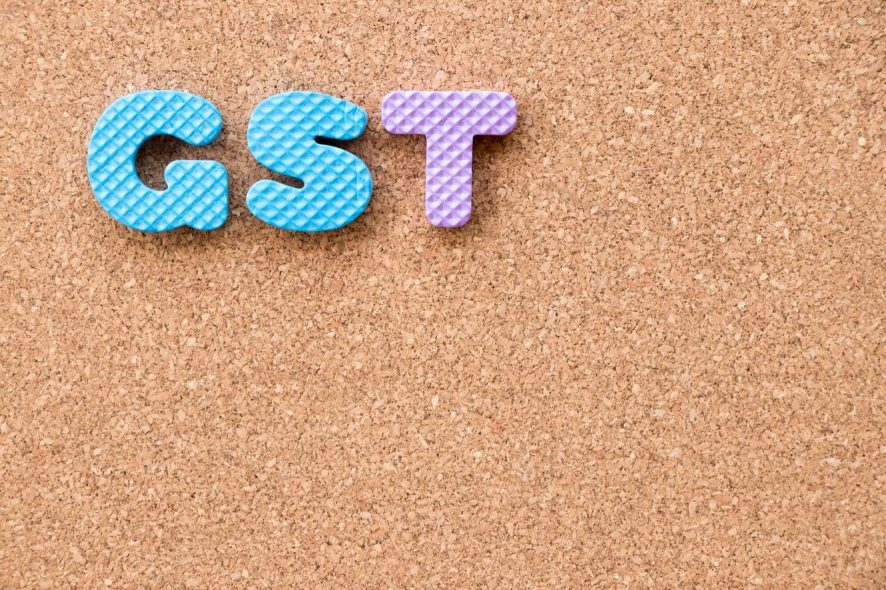The Government affirms determination to introduce Goods and Services Tax (GST) in the coming year to replace existing multiple taxes. A milestone is accomplished as the Empowered Committee of State Finance Ministers have in principle approved model GST law. The current political consensus appears to be favourable in Rajya Sabha leading to passage of Constitution Amendment Bill facilitating introduction of GST.
Certain business processes like registration, tax payment, refund and filing of return were already released earlier. The Ministry of Finance has now released the Model GST Law, the salient features of which are set out below:
- GST shall comprise of Central GST (CGST), State GST (SGST) and Integrated GST (IGST) levied on the same taxable value. Taxable event under GST is ‘supply of goods and services’ instead of the existing multiple taxable events like manufacture, rendering of service and sales of goods. ‘Supply’ includes all forms of supply such as sale, transfer, barter, exchange, license, rental, lease or disposal of goods and services, import of service as well as specified deemed supplies such as works contract.
- GST law retains the distinction between goods and services. Supply of intangible goods will be considered as supply of service eliminating scope of litigation. The law provides separate principles for determination of time and place of supply of goods and services.
- All persons supplying goods and services having aggregate turnover exceeding INR One million (in case of North-East states- INR Five hundred thousand) would be liable to pay GST. Aggregate turnover would be computed on an all India basis and shall include all supplies including exempted and non-taxable supplies. Import and inter-state supplies shall be taxable without any threshold limit. Small suppliers with turnover upto INR Five million can opt for composition scheme at lower rate. Only agriculturists have been kept out of GST net. Rate schedule is aligned with HSN code.
- GST law permits seamless tax credit. However, cross-utilisation of credit between CGST and SGST is not permitted.
- GST law provides special provisions concerning e-commerce. E-commerce operator is required to pay amount at specified rate from the collection directly to the Government. This will capture all e-commerce transactions bringing them into GST net. Aggregator providing goods and services under their brand would be liable to pay GST. GST law also provides for collection of tax at source.
- Further, the law also provides for appointment of SGST officers as CGST officers to simplify administration. Three classes of officers, viz., (i) CGST officers (ii) SGST officers and (iii) IGST officers shall administer the respective GST law. Suppliers are liable to be registered in each State from where supply of goods and/ or services is made.
- It also provides for demand of tax within five years in cases involving suppression, etc. and in other cases within three years.
- GST law contains transition provision for registration, carry forward of tax credit (CENVAT & VAT), claim of tax credit on stocks by new tax payers, etc.
Comment
Introduction of GST will be the biggest tax reform in the history of independent India. GST is expected to simplify tax administration, ensure ‘Ease of Doing Business’ and promote ‘Make in India’. This is the time when businesses ought to try and align their business model/structure with the proposed tax structure to plug potential tax losses and improve profitability.
Note by Khaitan & Co, Advocates since 1911. For more information contact editors@khaitanco.com







